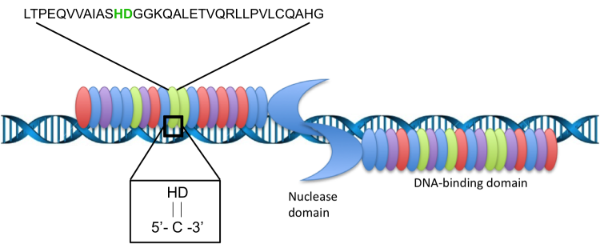Gene therapy
Gene therapy
Development of ex-vivo gene therapies for epidermolysis bullosa simplex and epidermolytic ichthyosis
Inherited blistering skin diseases are painful, often life-threatening and extremely difficult to treat. Conditions like epidermolysis bullosa simplex (EBS) and epidermolytic ichthyosis (EI) are rare and estimated to affect one in every 17,000 children born in the UK. There are currently about 5,000 people living with these disorders in the UK. Unfortunately, there is no cure for these diseases, therefore, there is an acute need for novel therapeutic approaches; gene therapies are among the most promising approaches.
Using the novel TALEN technology the team at Newcastle are developing gene therapies for EBS and EI. TALEN work like molecular scissors and can be tailored to specifically recognize and inactivate or repair the disease-causing gene in a patient’s skin cells. The therapy is being validated using immortalized skin cell lines derived from EBS and EI patients.
If we are able to demonstrate proof-of-principle that our approach works in EBS and EI skin cell lines, we will seek funding for clinical studies. The study will take small skin biopsies from patients, isolate and grow skin cells from them, treat and inactivate the disease-causing gene with TALEN and graft treated cells back onto the patient’s skin. We expect that the grafted cells will then contribute to skin renewal resulting in an intact and functional skin at the graft site and perhaps beyond.
Magomet Aushev (PhD student, 3rd year) is working on the EBS project.
Oliver March (PhD student, 1st year) is working on the EI project.

Representation of TALEN heterodimer. TALE nucleases are engineered hybrids of a FokI nuclease domain and TALE DNA-binding domain. Each module (oval) in the TALE domain contains approximately 34 amino acids. Residues 12 and 13 specify nucleotide binding (e.g. histidine-aspartate binds to cytidine - shown in green).
Work on this project is supported by the British Skin Foundation and the Ichthyosis Support Group.
